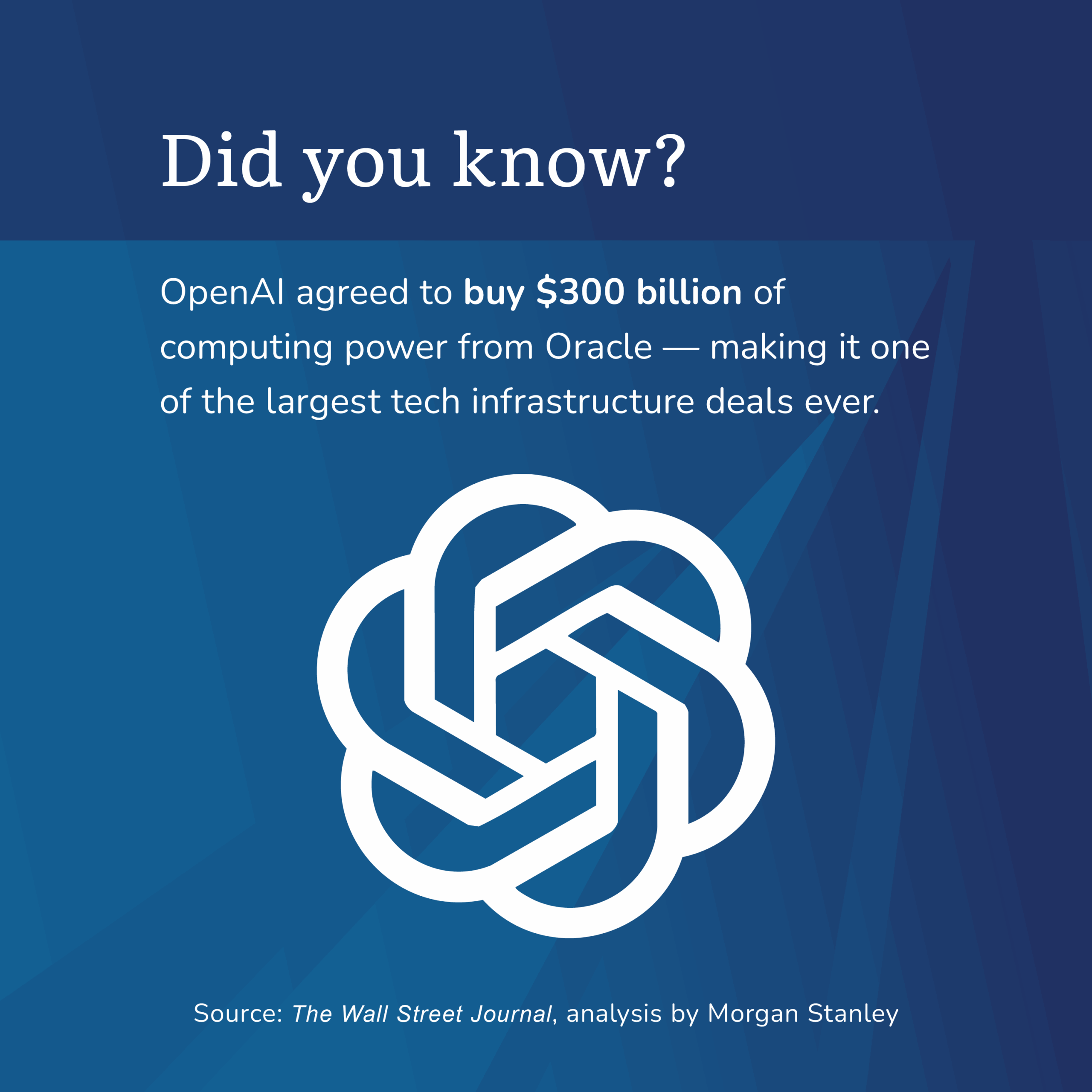Safe Harbor vs. Non-Safe Harbor 401(k) Plans: Which Is Right for Your Business?

When setting up or designing a retirement plan, it’s important to review your choices regarding company contributions and what your budget can afford. Safe Harbor match or Safe Harbor non-elective contributions can be great options to avoid additional governmental compliance testing, ensuring everyone is treated equally when participating in the plan. This allows your employees to save for retirement and maximize your firm’s benefits. Let’s cover the top talking points when considering the best plan design and whether setting up a Safe Harbor plan is the right move for your business.
What is a Safe Harbor 401(k) Plan?
A Safe Harbor 401(k) plan is a retirement plan that allows employers to avoid the need for annual nondiscrimination tests by making mandatory contributions to employees’ accounts. These contributions can either be a matching contribution or a non-elective contribution, ensuring that all employees receive the same benefits.
Benefits and Drawbacks of Safe Harbor 401(k) Plans
Pros:
- Compliance Relief: Safe Harbor plans bypass most annual nondiscrimination tests, reducing administrative burden. By making these mandatory contributions, the company automatically passes the Actual Deferral Percentage (ADP) and Actual Contribution Percentage (ACP) tests.
- Tax Benefits: Employers benefit from tax advantages by contributing to employees’ accounts. These contributions are tax-deductible and help reduce the company’s overall taxable income.
- Attracting Talent: Offering a Safe Harbor plan can make your company more appealing to potential hires. Employees have peace of mind knowing the company will make mandatory Safe Harbor contributions, whether non-elective or matching, to their accounts.
Cons:
Administration: Employers must adhere to specific notice requirements, which means the business must provide its employees with information about the Safe Harbor provision in a timely manner each year.
Cost: Safe Harbor contributions may increase your overall employee budget. Since these contributions are required, they represent a calculated expense that your firm will need to account for annually.
Vesting Schedule: Safe Harbor contributions are immediately 100% vested, meaning employees retain the full employer contribution regardless of their length of service. This differs from discretionary matching or profit-sharing contributions, which may have a vesting schedule.
Exploring Non-Safe Harbor 401(k) Plans
Non-Safe Harbor 401(k) plans offer flexibility in employer contributions. These plans allow employers to decide whether to make contributions, and the amount can vary depending on the company’s performance. Unlike Safe Harbor plans, Non-Safe Harbor plans require annual nondiscrimination testing.
The Advantages and Challenges of Non-Safe Harbor Plans
Pros:
- Flexibility: Non-Safe Harbor plans provide more discretion in employer contributions. This allows a company to determine whether it has the ability to make contributions, and in leaner years, they can opt out of making contributions altogether.
- Lower Costs: Without mandatory contributions, employers have more control over their expenses and greater flexibility in managing their budget.
Cons:
- Nondiscrimination Testing: Non-Safe Harbor plans require annual testing, which can be complex and time-consuming. If your plan fails testing, this could result in mandatory refunds for higher-paid employees or corrective contributions needed for non-highly compensated employees in order to maintain compliance.
- Risk of Favoring High Earners: If not managed carefully, non-Safe Harbor plans may inadvertently favor highly compensated employees. The original intent of 401(k) plans was to help all employees save for retirement. If the top earners in your company are the only ones benefiting, this could be problematic.
Key Differences Between Safe Harbor and Non-Safe Harbor 401(k) Plans
When deciding between Safe Harbor and Non-Safe Harbor 401(k) plans, it’s important to understand the key differences:
- Mandatory vs. Discretionary Contributions: Safe Harbor plans require mandatory contributions, while Non-Safe Harbor plans offer more flexibility with contributions that can vary each year.
- Compliance Relief: Safe Harbor plans automatically pass nondiscrimination tests, whereas Non-Safe Harbor plans require testing that could result in corrective actions.
- Cost and Budget Considerations: Safe Harbor contributions are a fixed expense, while Non-Safe Harbor contributions are more flexible and can be adjusted based on the company’s financial situation.
Which 401(k) Plan Is Right for Your Business?
The choice between Safe Harbor and Non-Safe Harbor 401(k) plans largely depends on your company’s goals, budget, and administrative capacity. Consider the following factors:
- Company Budget: If your company is in a strong financial position and wants to attract top talent while minimizing administrative complexity, a Safe Harbor plan may be the right choice.
- Flexibility: If your company experiences financial fluctuations or prefers to retain more control over contributions, a Non-Safe Harbor plan may offer more flexibility.
- Employee Demographics: A Safe Harbor plan benefits all employees, while a Non-Safe Harbor plan may favor higher earners if not carefully managed.
Making the Best Decision for Your Employees and Business
Choosing the right 401(k) plan is an important decision that requires careful consideration. Whether you opt for a Safe Harbor plan or a Non-Safe Harbor plan, understanding the pros and cons of each will help you design a retirement strategy that benefits both your employees and your business.
Ready to design a retirement plan that benefits both your business and employees? Connect with a plan specialist to get expert advice tailored to your unique needs.
Categories
Recent Insights
-

When Love Ends, Who Keeps the Picasso? Dividing Art and Collectibles in Divorce
Divorce is never only about dividing assets. For many couples, the most difficult conversations don’t revolve around bank accounts or real estate—they center on the art, antiques, wine, or collectibles that hold both financial and emotional weight. Over the years, I’ve seen how these items often represent more than monetary value. They are memories, passions,…
-

Talk Your Chart | Market Reversals, AI Interdependence, and What Investors Should Know | Ep. 74
In episode 74 of Talk Your Chart, Brett Horowitz is joined by Lane Jones, Chief Investment Officer at Evensky & Katz / Foldes, to examine some of the most surprising market behaviors of 2025. They break down this year’s historic intraday reversals, why strong economic data can still trigger weak market reactions, and how rate-cut…
-

Combining Donor-Advised Funds and Private Family Foundations for Charitable Giving
When families embark on a philanthropic journey, they often consider whether to create a private family foundation (PFF) or establish a donor-advised fund (DAF). Both vehicles are powerful tools, each with distinct advantages. In practice, many families find that using both together can provide the flexibility, simplicity, and impact they seek. With careful planning, the…
-

Here’s How To Take Your Wine Investment Portfolio to the Next Level
Many investors exploring the world of wine as an asset start with a handful of bottles or a platform account. However, the real challenge (and opportunity) lies in taking a portfolio from “starter” to strategically optimized.
-

The OBBA §179 Deduction: Conversations Every Business Owner Should Be Having
It’s all the buzz… Congress passed another “new law” — the One Big Beautiful Bill Act (OBBBA). In it, major changes to the OBBA §179 deduction start in 2025. For small and mid-sized businesses, this could result in significant tax savings and better cash flow when investing in equipment, technology, or improvements. Forget all the…
